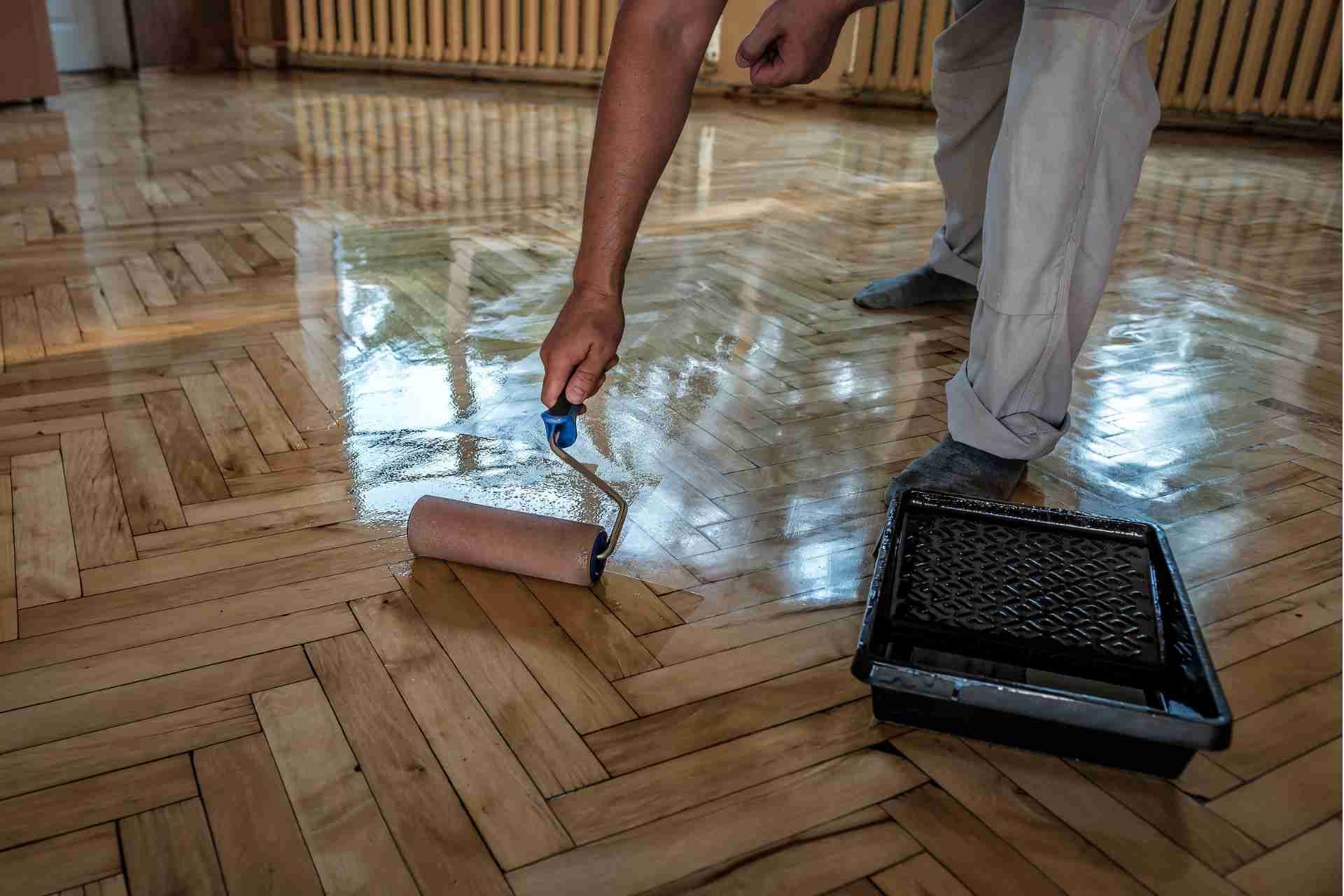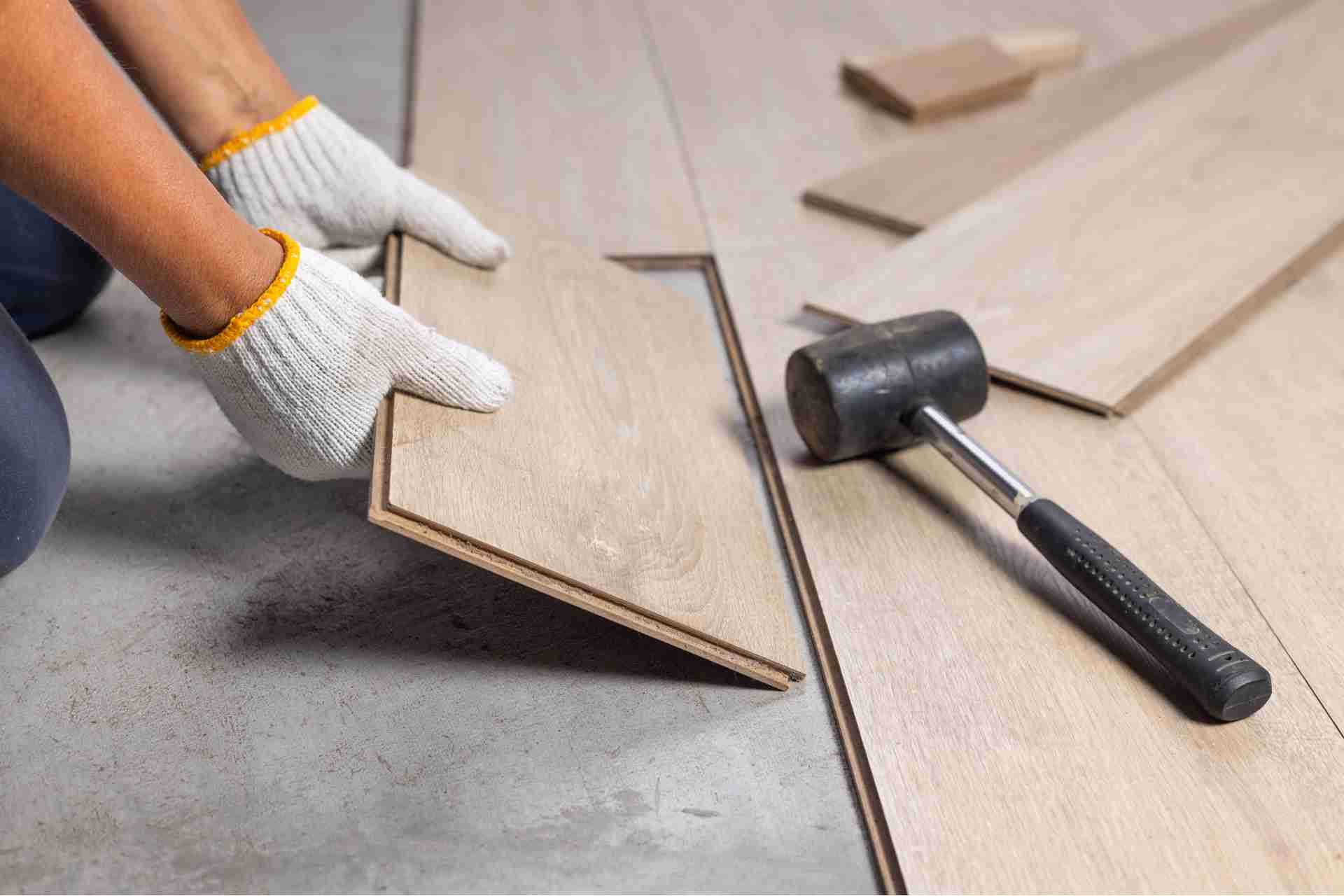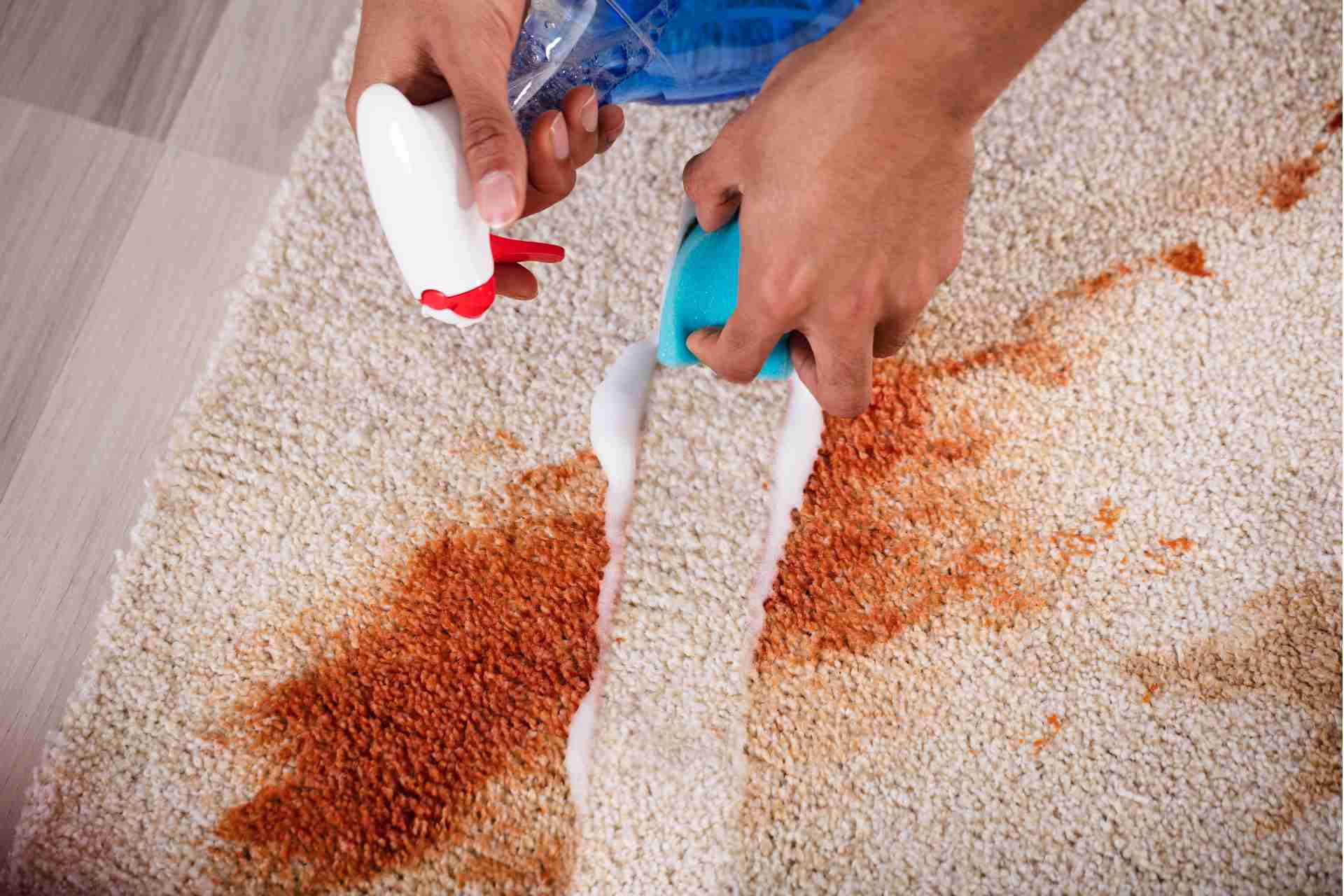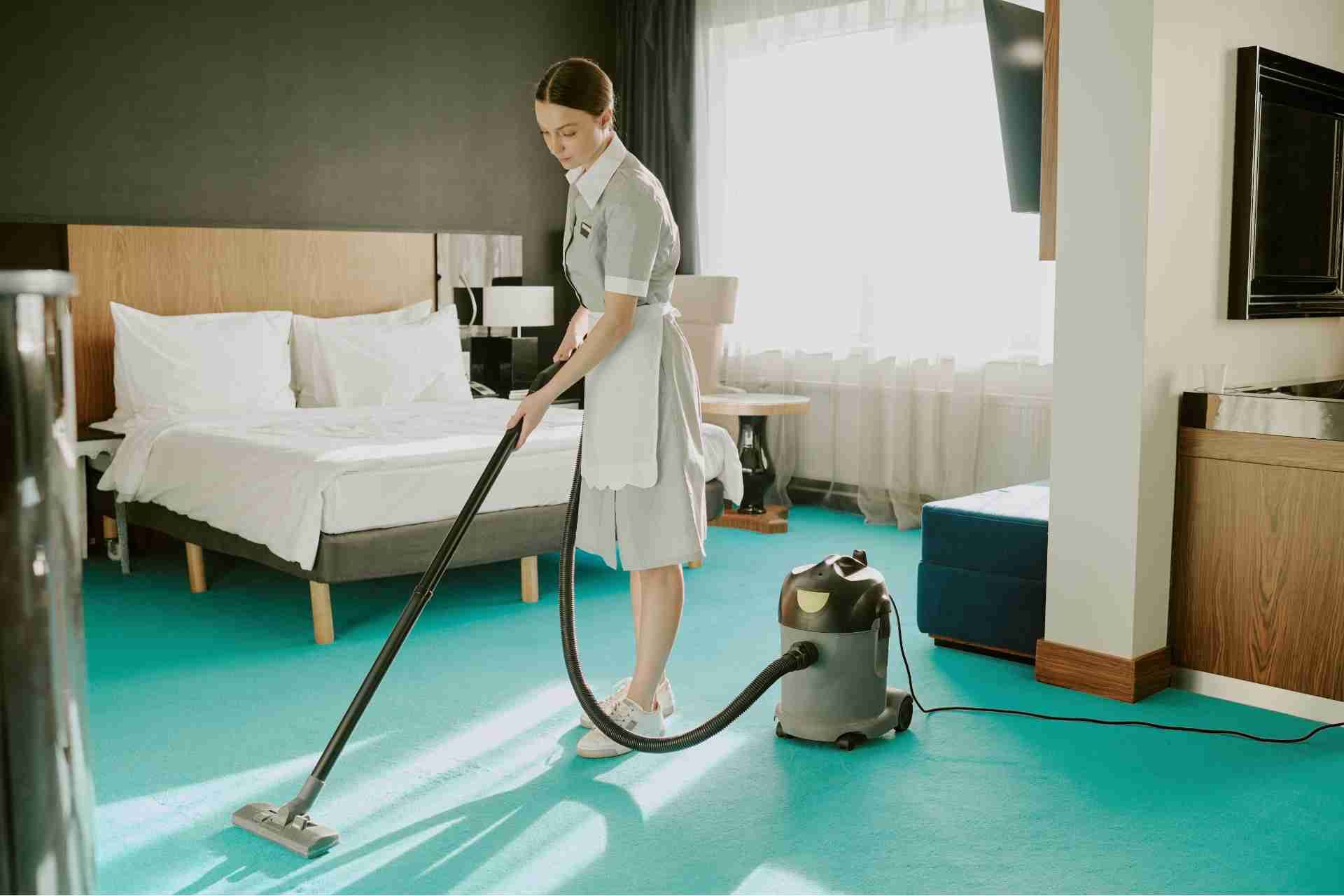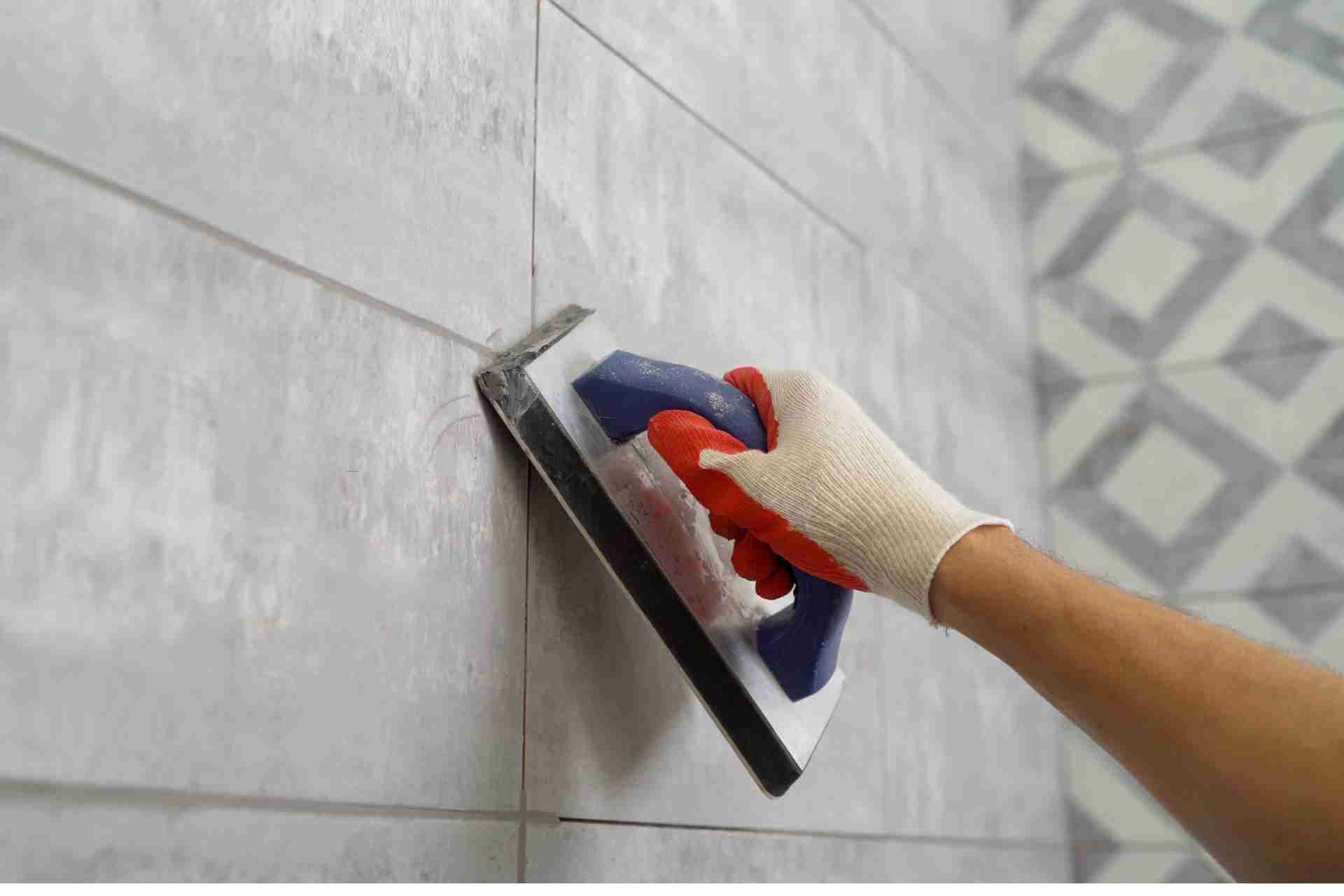Why Keep Cleaning and Disinfecting High-touch Surfaces?

You might not realize it, but high-touch surfaces in your home or workplace are hotspots for germs and viruses. These areas, like doorknobs and light switches, can harbor harmful pathogens that easily transfer to your hands and face. By keeping these surfaces clean and disinfected, you can significantly reduce the risk of illness. But what does effective cleaning really mean, and how can you ensure you're doing it right? The answers could surprise you.
Understanding High-Touch Surfaces
High-touch surfaces are the everyday items and areas you interact with frequently, making them prime candidates for germs and bacteria. Think about doorknobs, light switches, countertops, and your phone.
These surfaces can harbor pathogens that easily transfer to your hands and, ultimately, to your body. You mightn't realize it, but every time you touch these surfaces, you increase your exposure to potential illness.
Regularly cleaning and disinfecting these areas is crucial to keep germs at bay. Don't forget about shared spaces, too; communal items like remote controls and elevator buttons are high-touch hotspots.
The Role of Germs and Viruses
While you may not see them, germs and viruses are everywhere, thriving on high-touch surfaces and in the air around you.
These microscopic invaders can easily transfer from surfaces to your hands and then to your face, increasing the risk of illness. High-touch areas like doorknobs, light switches, and shared devices harbor a mix of bacteria and viruses, all waiting for their next host.
Even simple actions, like using your phone or shaking hands, can spread these pathogens. Understanding their presence helps you realize the importance of keeping surfaces clean.
Regular cleaning and disinfecting disrupt the lifecycle of germs and viruses, reducing their numbers and your chances of getting sick. Staying proactive is key to maintaining a healthier environment.
Health Benefits of Regular Cleaning
Keeping surfaces clean goes beyond aesthetics; it significantly impacts your health. Regular cleaning reduces the buildup of dust, allergens, and harmful pathogens that can lead to respiratory issues or infections.
By maintaining a clean environment, you lower your risk of illness, which means fewer sick days and better overall well-being. When you regularly clean high-touch surfaces, like doorknobs and light switches, you help protect yourself and your family from spreading germs.
Plus, a clean space can enhance your mood and reduce stress, making it easier to focus and feel at ease. So, don't underestimate the health benefits that come from consistent cleaning; it's an essential part of maintaining a safe and healthy home.
Effective Cleaning vs. Disinfecting
When it comes to maintaining a healthy environment, understanding the difference between effective cleaning and disinfecting is crucial.
Cleaning involves removing dirt, dust, and impurities from surfaces, which often includes scrubbing and using soap or detergent. This step is essential because it helps reduce the number of germs present, making surfaces look and feel clean.
On the other hand, disinfecting goes a step further by using chemicals to kill germs on surfaces. It's important to note that disinfecting isn't effective on dirty surfaces; you need to clean first.
Both processes are vital for ensuring high-touch areas remain safe and healthy, especially in preventing the spread of illnesses.
Recommended Cleaning Products and Techniques
To effectively clean and disinfect high-touch surfaces, choosing the right products and techniques is key. Start with an EPA-approved disinfectant that targets viruses and bacteria. Look for options that include bleach or hydrogen peroxide, as they're proven to be effective.
For daily cleaning, a mild soap solution can do wonders, especially on surfaces like countertops and doorknobs.
When applying disinfectants, don't rush; follow the manufacturer's instructions regarding contact time—the duration the surface should remain wet. Use disposable wipes or clean cloths to avoid cross-contamination.
Always wear gloves to protect your skin and ensure proper ventilation. Finally, don't forget to regularly clean your cleaning tools, like mops and sponges, to maintain their effectiveness.
Creating a Cleaning Schedule
Establishing a cleaning schedule helps ensure that high-touch surfaces receive regular attention, minimizing the risk of germ transmission.
Start by identifying all the surfaces you frequently touch, like doorknobs, light switches, and countertops. Next, determine how often each surface needs cleaning based on usage. For example, high-traffic areas might need daily cleaning, while others could be done weekly.
Write down your schedule and set reminders to keep you accountable. Consider involving others in your household or workplace to share the responsibility.
Consistency is key, so stick to your plan as closely as possible. Adjust the schedule as needed, especially during flu season or when illness strikes. A proactive approach will help maintain a cleaner, safer environment for everyone.
Tips for Maintaining a Safe Environment
Maintaining a safe environment involves implementing a few key practices that can significantly reduce the risk of spreading germs.
First, make it a habit to wash your hands frequently, especially after touching shared surfaces. Use hand sanitizer when soap and water aren't available.
Second, encourage everyone to wear masks in crowded or enclosed spaces, as this adds an extra layer of protection.
Third, ensure proper ventilation in indoor areas by opening windows or using air purifiers.
Regularly clean and disinfect high-touch surfaces like doorknobs, light switches, and countertops.
Lastly, promote a culture of health by encouraging people to stay home when they're sick.
Conclusion
In conclusion, keeping high-touch surfaces clean and disinfected is crucial for your health and the well-being of those around you. By understanding the role of germs and implementing a regular cleaning routine, you can significantly reduce the risk of illness. Use the right products and techniques, and stick to a cleaning schedule to maintain a safe environment. Remember, a little effort goes a long way in protecting yourself and others from harmful pathogens. Stay proactive and healthy!
